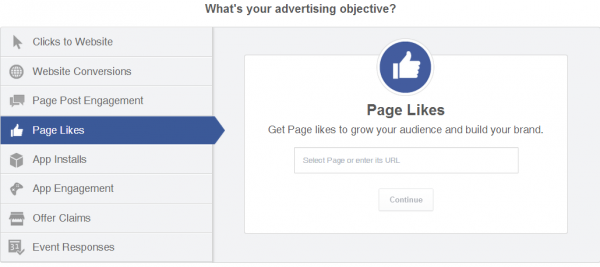3 wishes granted by the new Facebook Ads Manager
By: Chloe Rolph
October 10, 2013 | Reading Time: 2 mins

It seems that the Facebook genie finally granted us Facebook advertisers our three wishes. This week, Facebook rolled out a long overdue overhaul of Ads Manager. For someone like me who spends quite a bit of time working with the platform, I was really happy to see it ‘cleaned up’ with:
- A more intuitive interface for building ads
- More features
- A better analytics dashboard for evaluating ad performance
Building ads has never been easier.
The previous version of Ads Manager had the type of scattered layout that left Facebook ad newbies a bit confused and Facebook ad vets with a sense of accomplishment after managing to set up an ad without accidentally missing a setting or two. The new Ads Manager has been built “wizard-style”, asking the user for information one piece at a time and in a logical order. Now, you are first asked to set your objective (revolutionary stuff—our first year business profs were onto something!) and Ads Manager guides you to the correct type of ad where you can continue to set it up in a step-by-step fashion.
Additional features expand what you can accomplish.
Looking to drive an outcome other than Page Likes or post engagement? You can now choose from a longer list of objectives that can help you drive different types of actions including clicks to an external website, website conversions, app installs, app engagement, offer claims, and event RSVP’s. Looking to do some A-B testing? You can now upload up to 5 images for one ad and have them all run at the same time.
Analyze your ad performance more quickly.
The analytics dashboard also got an overhaul, now allowing advertisers to easily decipher which ads are performing well and which ones aren’t. This not only helps with budget allocation, but also helps you learn what appeals to your audience and what doesn’t. Was your targeting a little off? Did the brighter picture grab more attention? Try making adjustments one at a time so that you can attribute a change in performance to one factor and start learning from your experimentation.




